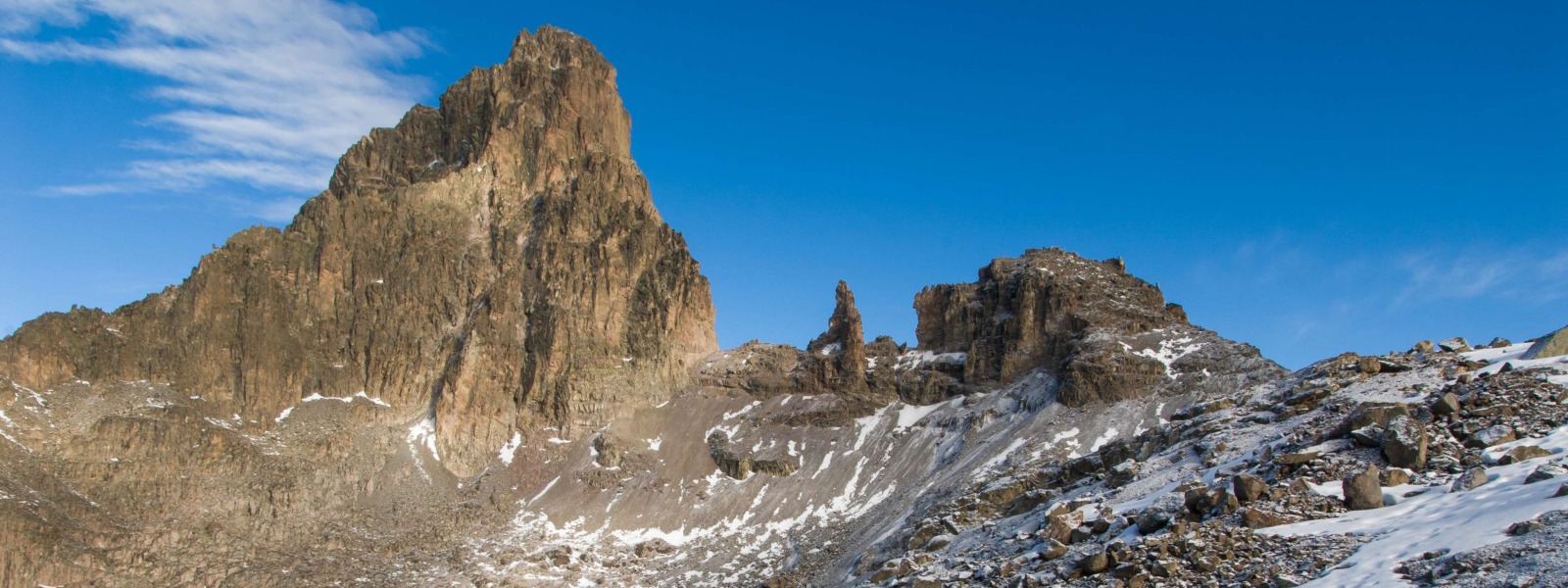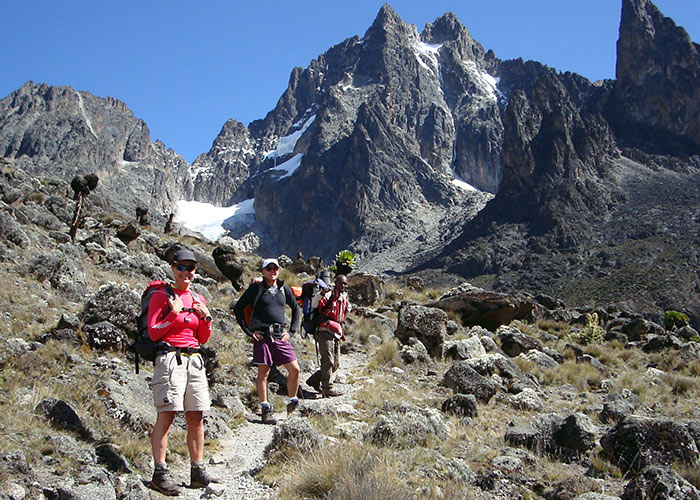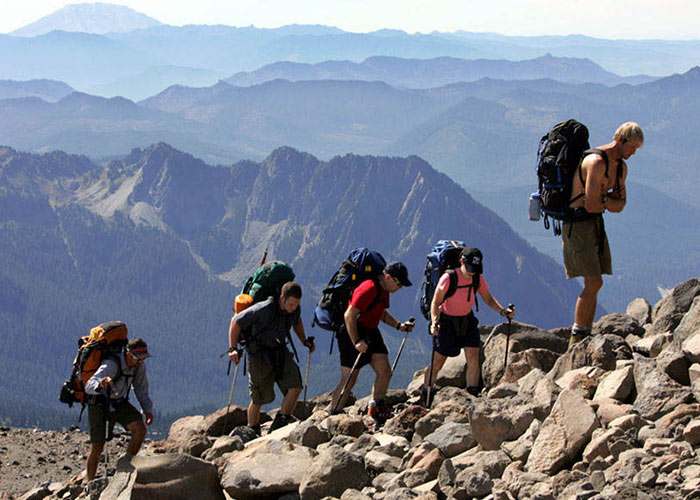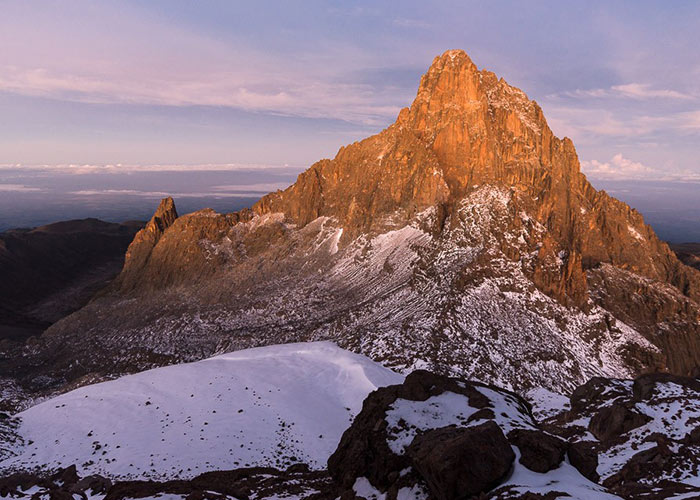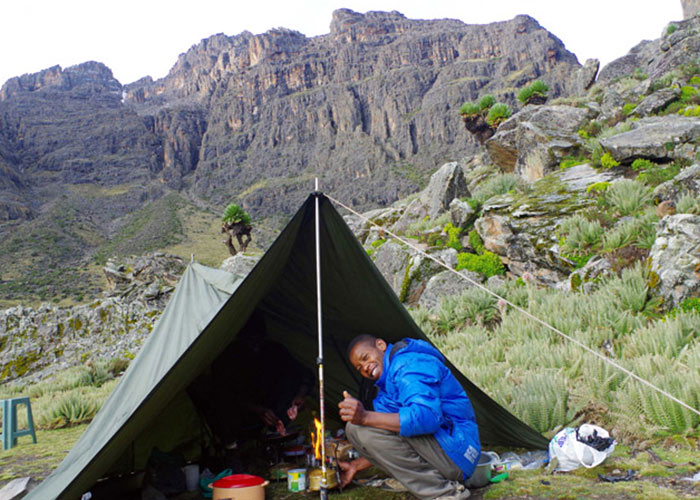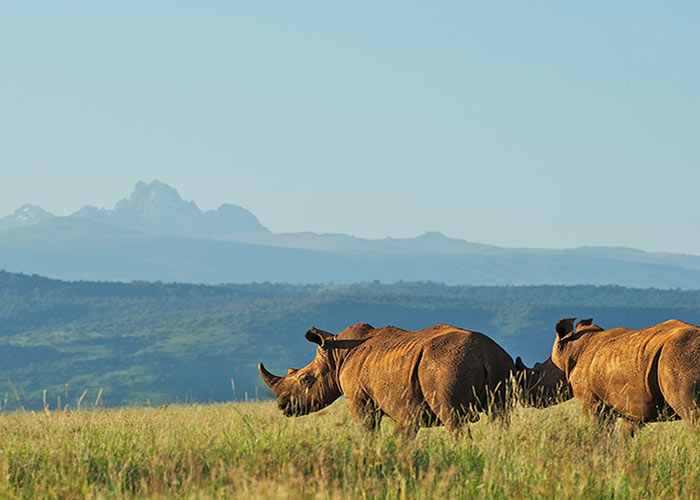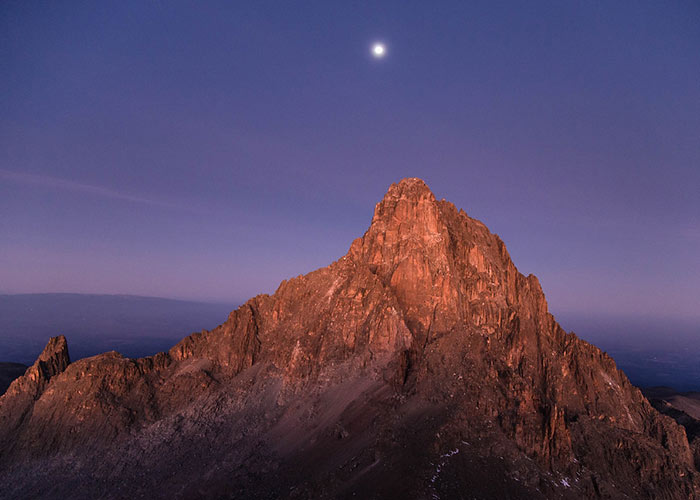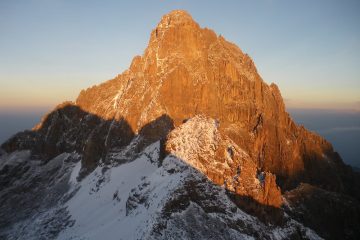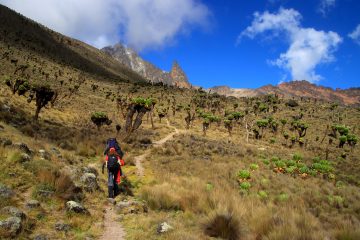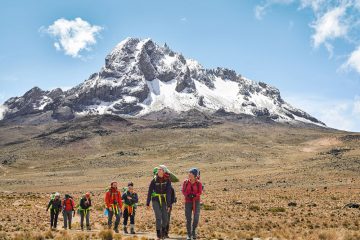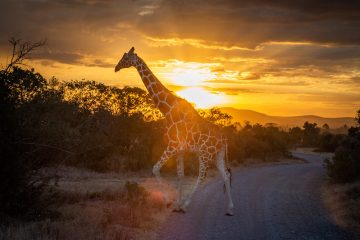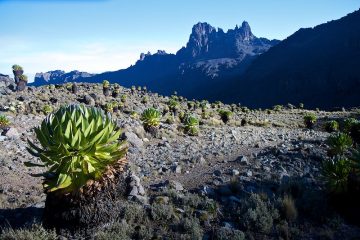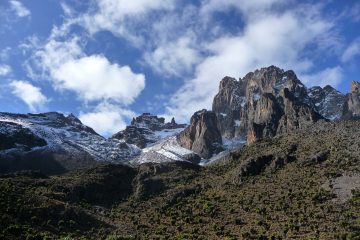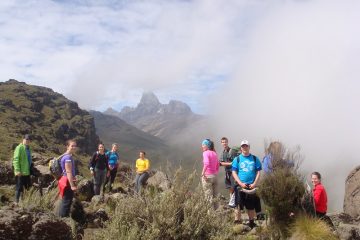Before climbing Mount Kenya, there must be some questions lingering in your mind. In this article, we try to tackle a few questions that are popular on the internet today. If this article does not answer what you are searching for, then feel free to drop us any question that you would have, regarding climbing Mount Kenya, the mountain itself, route conditions, duration, how much it costs, the best time to climb, and many more questions. Contact us here.
Some frequently asked questions
1: How Do I Choose an Operator?
The mountain is serviced by literally hundreds of companies. Choosing an operator might be a difficult undertaking. You want to make sure that your operator’s guides are knowledgeable and skilled, and that they follow strict safety guidelines and handle porters properly. You want someone who has a demonstrated track record of effectively serving a diverse variety of clients over a long period of time. Over the previous decade, Tranquil Kilimanjaro has led climbs on Mt Kenya and Kilimanjaro, assisting many climbers in realizing their ambition of reaching the summit.
How Much Does it Cost?
Please fight the urge to choose an operator purely on the basis of pricing!
Your entire selection should not be based just on price. The cost of the climb varies greatly depending on the operator and the duration of the climb. Don’t travel all the way to the top of the mountain just to be surprised by hidden charges.
Tranquil Kilimanjaro provides high-quality climbs at affordable prices. Our climbs start at around $700 per climber, not including gratuities. At this amount, we can cover all park fees, pay acceptable compensation to our employees, and provide fresh and enough food and equipment while still providing excellent service to our customers.
When are the Best Months?
The months of January, February, and September are the greatest for climbing Mt Kenya since they are the warmest and driest. June, July, and August are also excellent months to visit. Temperatures and weather, on the other hand, are very variable and can fluctuate dramatically depending on the time of day and altitude. It’s better to avoid the long wet season, which runs from late March to early June, and the short rainy season, which runs from November to early December.
Which Route should I take?
Each route has its own set of qualities that you may or may not find appealing. When choosing a route, take into account the difficulties, scenery, and traffic to get the most out of your walk. Your age, fitness level, medical issues, backpacking and trekking experience, experience at high altitude, degree of motivation, and any other particular concerns should all be taken into account. For Mt Kenya, we recommend the Sirimon and Chogoria routes. Please take your guide’s suggestions into consideration.
How Many Days do I Need?
Each route or combination of routes has a minimum number of days suggested. The more days you spend on the mountain, the more likely you are to reach the top. According to statistics, every extra day spent acclimating enhances your chances of success. Do not make a reservation for the bare minimum. You’re not going to enjoy your climb, and you’re not going to make it to the summit. The guidance of the handbook will be useful once more.
Should I Join a Group?
A small-group, private climb is the way to go. A small–group climb, of course, provides more personalised attention, flexibility, and safety. The majority of climb companies provide large group departures. A “small” group of climbers becomes a mob once the support personnel is included! That’s hardly the way to appreciate the beauty of the mountain.
What Do I Need For the Climb?
Stick to the equipment list and avoid the urge to bring extra. You won’t need it, and it’ll simply add to the weight you and the porters have to carry. After completing the ascent, you’ll be shocked to discover that you didn’t require quite as much as you thought. Try to keep your total weight around 40 pounds. It is possible.
What about Altitude Sickness.
Altitude sickness is a serious condition that can be deadly. Most climbers, however, will have minor acute mountain sickness (AMS) while on the peak. Throughout your climb, our guide will keep a careful eye on you. However, you should be aware of the signs of mild, moderate, and severe AMS, and any symptoms should be reported to your guide right once. If you want to keep ascending, don’t try to disguise your symptoms. It’s always possible that the effects of AMS may wreck your summit bid.
What Do I Need Before I Arrive?
Few individuals have ever been to such high heights. As a result, climbers should seek medical advice before attempting to climb Mount Kenya or Mount Kilimanjaro. To find out the vaccines and prescriptions you’ll need for your trip to East Africa, go to your doctor. For admission into East Africa, you’ll need a valid passport that’s at least six months old. The majority of visitors will require a visa to enter this region. Travel insurance that covers trip cancellation is also recommended for climbers.

